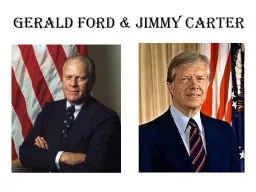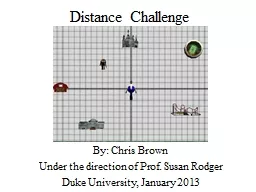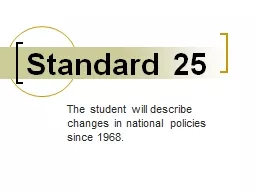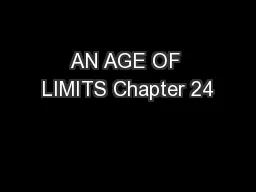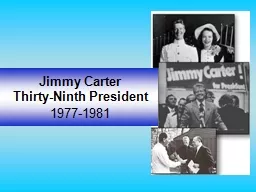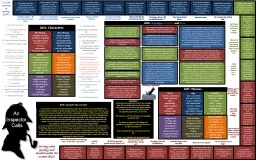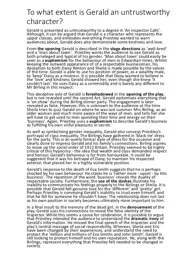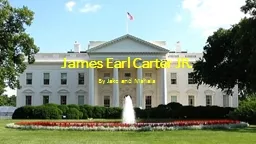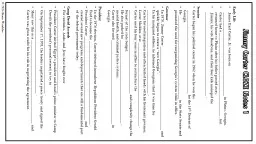PPT-Gerald Ford & Jimmy Carter
Author : phoebe-click | Published Date : 2017-09-27
Gerald Ford Americas 38th president Gerald Ford 19132006 took office on August 9 1974 following the resignation of President Richard Nixon who left the White House
Presentation Embed Code
Download Presentation
Download Presentation The PPT/PDF document "Gerald Ford & Jimmy Carter" is the property of its rightful owner. Permission is granted to download and print the materials on this website for personal, non-commercial use only, and to display it on your personal computer provided you do not modify the materials and that you retain all copyright notices contained in the materials. By downloading content from our website, you accept the terms of this agreement.
Gerald Ford & Jimmy Carter: Transcript
Download Rules Of Document
"Gerald Ford & Jimmy Carter"The content belongs to its owner. You may download and print it for personal use, without modification, and keep all copyright notices. By downloading, you agree to these terms.
Related Documents

